
The fashionable spa town of Bath offered a wealth of opportunity for 18th-century portraitists.
[caption id="ToRenderaGoodLikeness_Feature" align="aligncenter" width="1024"]
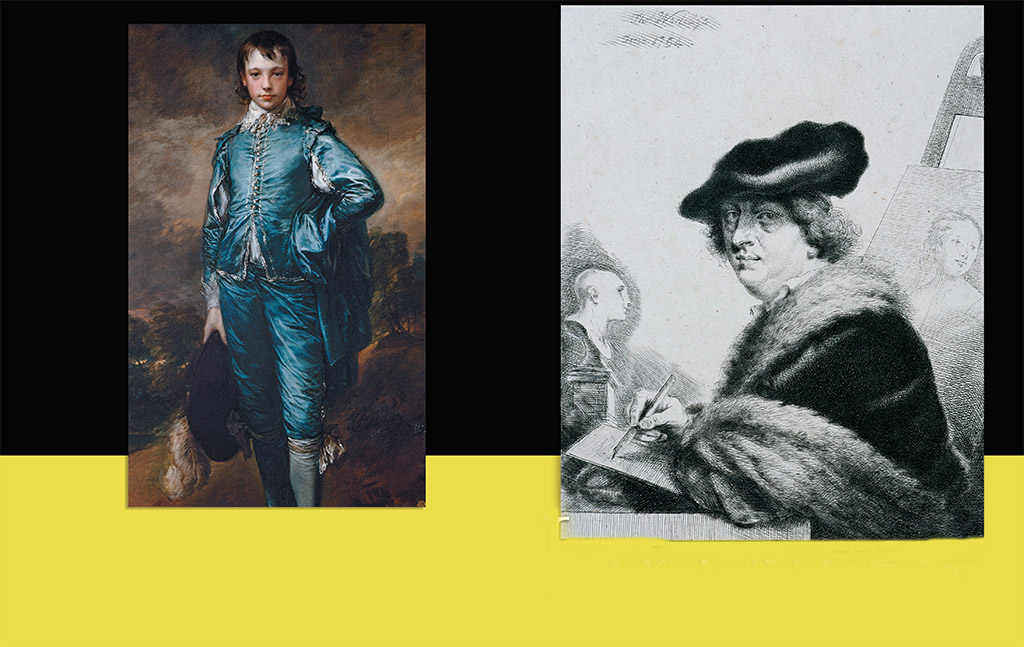
FRANCIS G. MAYER/CORBIS VIClORIA ART GALLERY, BATH AND NORTH EAST SOMERSET COUNCl.JBRIDGEMAN ART LIBRARY
[caption id="ToRenderaGoodLikeness_img1" align="aligncenter" width="838"]
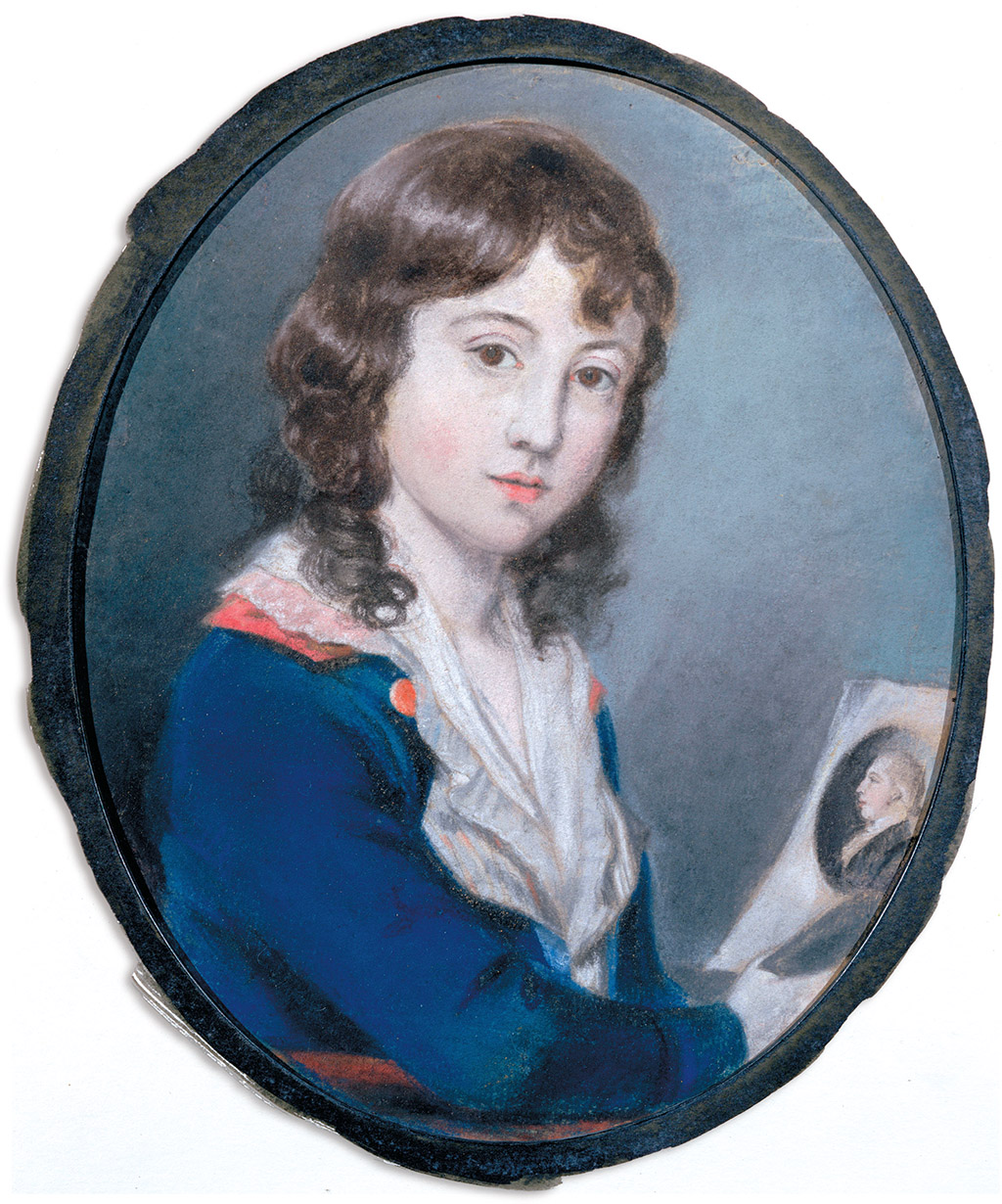
PHILIP MOULD, HISTORICAL PORTRAITS LTD., LONDON/BRIDGEMAN ART LIBRARY
‘November to May the place swarms with visitors who rotate in a circle of endless jollifications to the point of becoming dizzy.’
For the last 10,000 years, the mineral-rich waters of Bath have bubbled up through the earth’s crust, to the fascination of all who witness the phenomenon. For centuries, cultures that settled the area left behind their mark. The Celts tossed coins in the waters as a tribute to their gods. Romans constructed baths to harness the springs. The Normans built a monastery and an abbey, which grew into the medieval town. The inhabitants of the 18th century, however, left portraiture as their commemorative signature. The coins eroded, the baths fell to ruin, the monastery and abbey deteriorated, but the portraits remain a vibrant reminder of those who came “to take the cure” or who came merely to be seen.
More than any other resort, Bath lent itself well to the art community. Other spa towns such as Harrogate and Tunbridge Wells kept their season to the traditional summer months, while Bath featured a combined winter/spring season. The additional months during a normally dormant time of the year eliminated competition from other resorts and attracted more visitors who stayed for longer periods of time. Foreign visitor Johanna Schopenhauer noted that from “November to May the place swarms with visitors who rotate in a circle of endless jollifications to the point of becoming dizzy. In summer Bath is empty …. “ During Bath’s off-season, artists had the luxury of traveling elsewhere to work. It was an ideal situation for portraitists.
The daily social schedule of Bath contributed to many an artist’s success. Mornings in the Pump Room or in the baths were followed by political discussion in the bookshop or coffee house for the men, while the women browsed through various milliners or toy shops. After a pastry at Mr. Gill’s for lunch, the afternoons were left open until dinner. Portraitists made their bread and butter during these empty hours.
In the evenings people gathered in the Assembly Rooms for gambling, card playing and drinking. Twice a week a ball was held. One matron writing in 1760 described Bath as “the busiest idle place in the world.” As Bath’s reputation evolved from health retreat to entertainment center, the caliber of visitor evolved with it. The Bath Journal of 1765 lists three princes, four dukes, four duchesses, one marquess, two marchionesses, 24 earls, 22 countesses, 14 viscounts and 43 viscountesses among the town’s more than 2,000 visitors. To a portraitist, all were potential sitters, and artists flocked to Bath. A recent study on artist Thomas Gainsborough lists no fewer than 90 portraitists and miniaturists working in Bath during the 18th century. Most worked less than five years at the spa town; others remained for only a season. There were a few, however, who came to stay.
[caption id="ToRenderaGoodLikeness_img2" align="aligncenter" width="1024"]
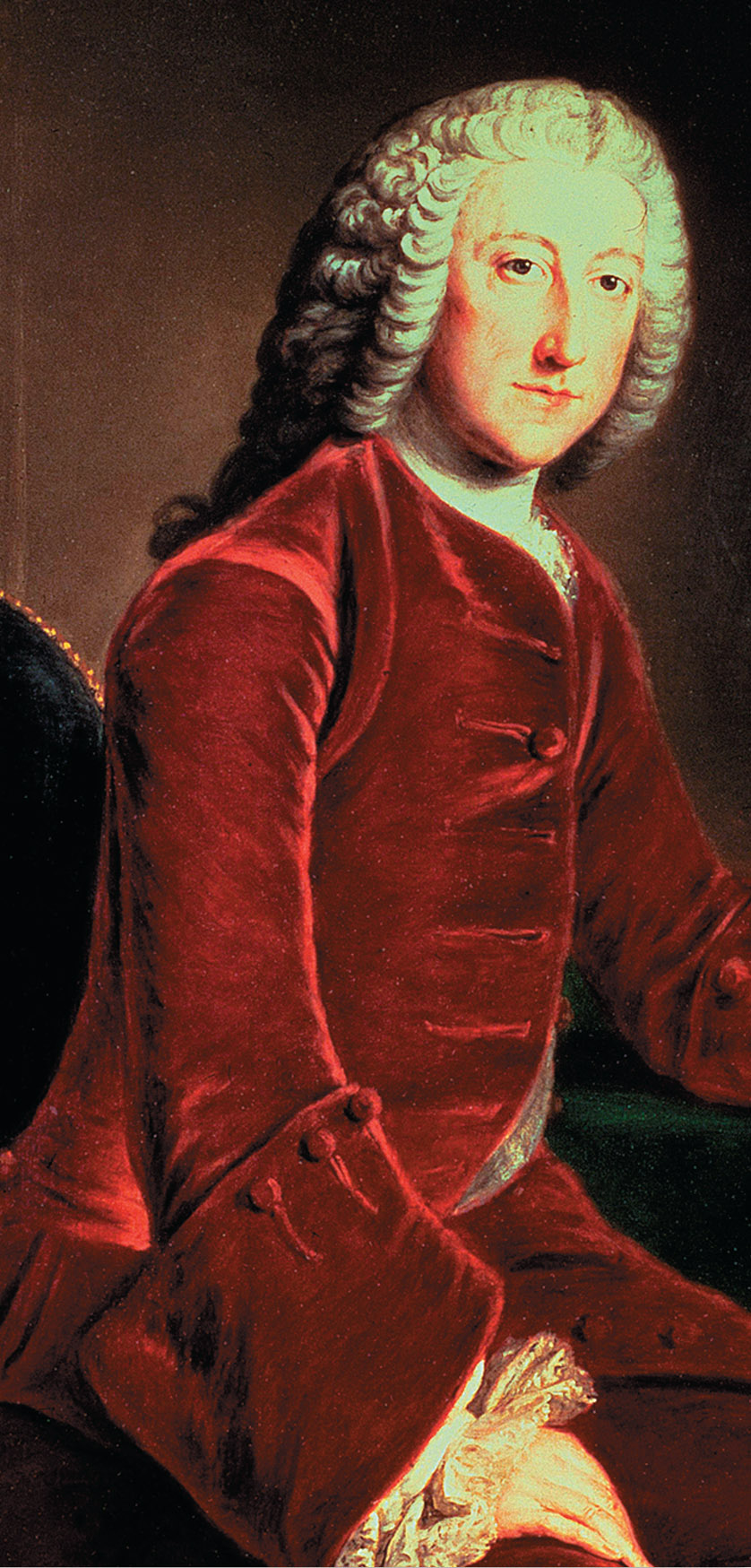
PHLIP MOULD, HISTORICAL PORTRAITS LTD., LONDON/BRIDGEMAN ART LIBRARY
The first truly successful painter to live and work in Bath was William Hoare, the town’s leading portraitist for more than two decades.
The first truly successful painter to live and work in Bath was William Hoare, who came to the city in 1738. Called “Hoare of Bath,” he was the town’s leading portraitist for more than two decades. His list of clientele was impressive and included earls, dukes, lords and local worthies. The best-known portrait of the celebrated Master of Ceremonies of Bath, Beau Nash&msash;complete with his white beaver hat and full black wig&msash;was done by Hoare in 1749. Hoare also painted a three-quarter-length portrait of William Pitt the Elder, who sat for him while in Bath receiving treatment for gout. The famous statesman was delighted with the result.
In 1762 Hoare donated his best-known group portrait, Dr. Oliver and Mr. Peirce, Physician and Surgeon to the Bath Hospital, Examining Patients to the Mineral Hospital, now also called the Royal National Hospital for Rheumatic Diseases, where it can still be seen. Artists often donated paintings to hospitals, churches, the homes of town officials and public buildings to attract commissions from visiting dignitaries and to look charitable. In Dr. Oliver and Mr. Peirce, Hoare depicts two well-known physicians examining patients who had the three most common medical conditions seen in Bath during this periodarthritis, paralysis and skin disease.
Without question, the best-known painter having a longtime association with Bath is Thomas Gainsborough. He arrived in 1759 when Bath was entering the height of its popularity, and there was more than enough business for both Hoare and Gainsborough. In fact, several clients sat for both artists. Gainsborough set up shop in his residence on Abbey Street, where he was known to entertain clientele with witty repartee. With that charm came talent, and Gainsborough quickly earned a reputation for being able to capture a likeness.
[caption id="ToRenderaGoodLikeness_img3" align="aligncenter" width="718"]
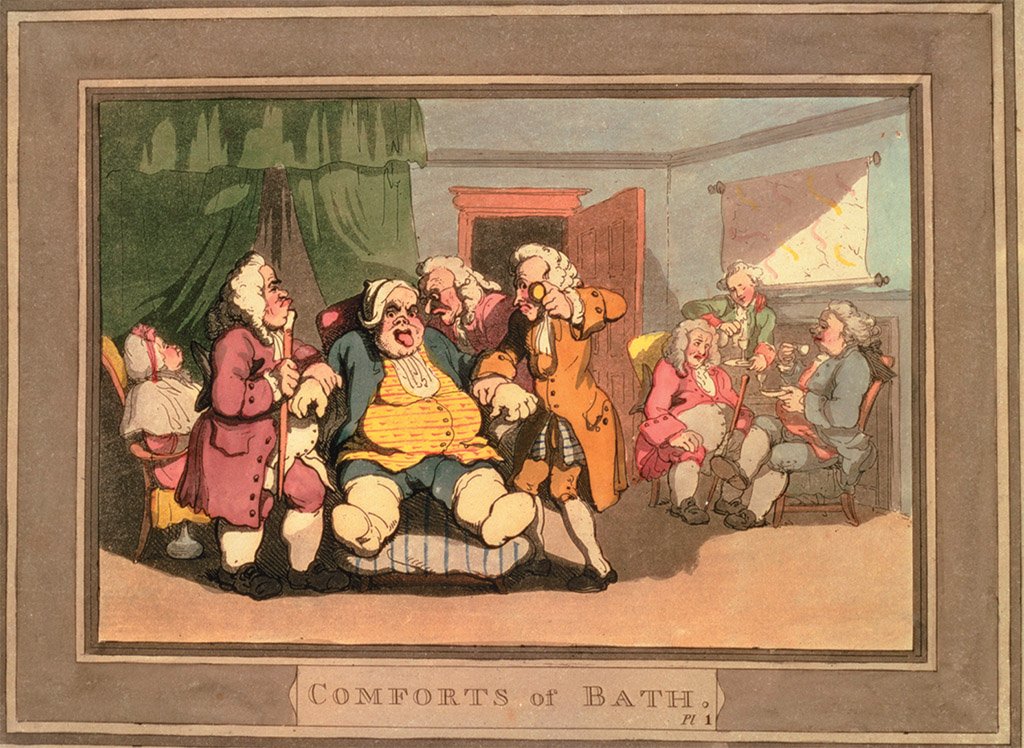
PHILLIPS THE INTERNATIONAL FINE ART AUCTIONEERSUK/BRIDGEMAN ART UBRARY
Miniaturist Ozias Humphry noted in his memoir: “In this City (as is well known) [Gainsborough’s] general Practice was in Portraiture, in which also, he had peculiar Excellence, and frequently produced Pictures of surprising Resemblance and Perfection. Likeness alone was all he avowed to aim at.” He combined this talent with the grandeur of the masters and began producing such outstanding portraiture as Mary, Countess of Howe, Captain William Wade and his famous Blue Boy. Ironically, painting landscapes gave Gainsborough the greatest pleasure, and he often grew frustrated with what he sometimes called “the curs’d Face Business.” Painting likenesses paid the bills, however, and with a greatly enhanced reputation Gainsborough moved on to London in 1774 after having painted some 380 portraits while in Bath.
Others who didn’t have the talent of Hoare or Gainsborough could still turn a profit by diversifying, as did Thomas Worlidge, John “Old” Taylor and Luke Sullivan. Worlidge began going to Bath in the 1730s during the season, where he worked as a portraitist, etcher, miniaturist and printmaker. Since Worlidge suffered from gout, he also made use of the spa waters. Either business was extremely good or the cure very effective, because he returned to the resort town to work for more than two decades. For miniaturists such as Ozias Humphry, Thomas Redmond and Rupert Barder, quantity mattered. They had the advantage over portraitists, as their paintings took fewer sittings and less time to dry, but the commissions were smaller.
[caption id="ToRenderaGoodLikeness_img4" align="aligncenter" width="723"]
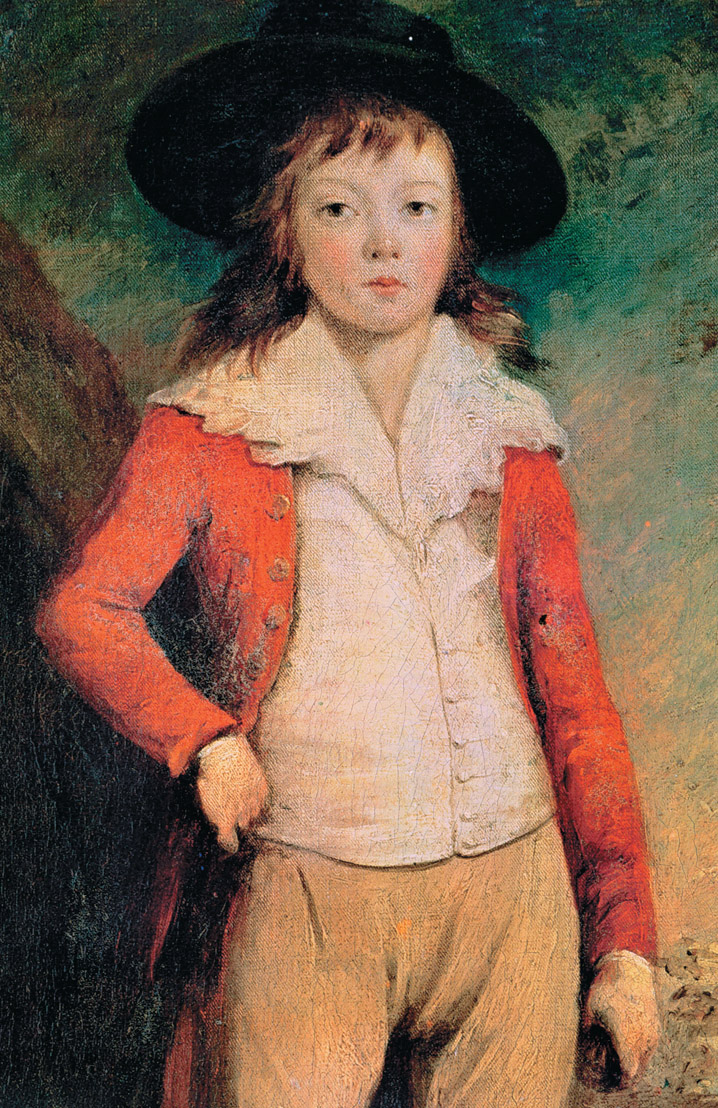
VICTORIA ART GALLERY, BATH AND NORTHEAST COUNCIL/BRIDGEN ART LIBRARY
Although his stay in Bath was a brief five years, child prodigy Thomas Lawrence deserves an honorable mention. By age 6 Thomas was sketching guests at his father’s inn in Devizes. The family moved to Bath in 1782 when young Thomas was 13 years old. There he became his household’s sole breadwinner as a crayon portrait painter at a guinea a head. Two years later he won a Society of Arts award for a crayon drawing after Raphael’s Transfiguration. After that Lawrence switched to oils and moved to London in 1787, where he immediately began to exhibit and win acclaim. In 1792 he was appointed principal painter to King George III, and in 1815 he was knighted.
[caption id="ToRenderaGoodLikeness_img5" align="aligncenter" width="1024"]
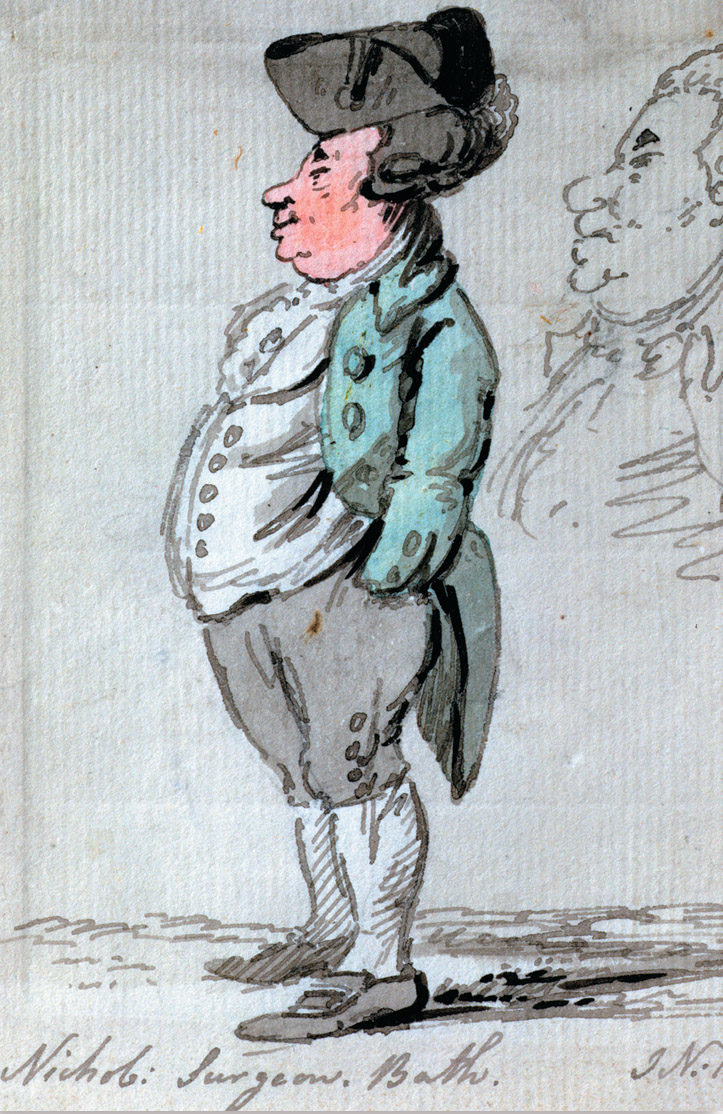
MUSEE DES BEAUX-ARTS, AGEN, FRANCE/BRIDGEMAN ART LIBRARY
[caption id="ToRenderaGoodLikeness_img6" align="aligncenter" width="1024"]
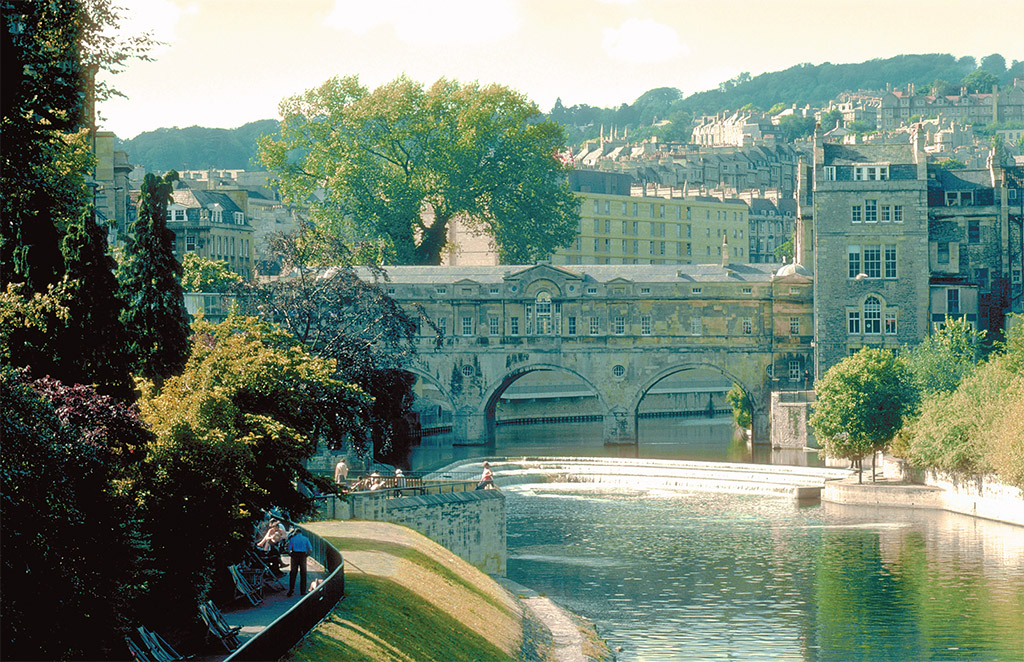
www.BRITAINONVIEW.COM
No commentary on painters of Bath would be complete without mentioning Thomas Rowlandson and John Nixon, although strictly speaking neither was a portraitist. Their satirical commentary on Bath society, however, provides a revealing portrait of everyday life there. Rowlandson came to Bath to gamble, and heavy losses forced him to his easel. The happy results include such wickedly portrayed scenes as The Successful Fortune Hunter, or Captain Sheldrake Leading Miss Marrowfat to the Temple of Hymen, featuring a well-dressed cad escorting a pig-nosed heiress about town, and Comforts of Bath, 12 comic depictions of such daily events as sitting for a portrait, bathing or being examined by doctors.
Nixon was a London merchant who frequently traveled to Bath to visit his widowed sister-in-law. His watercolors are more muted in both hue and depiction than those by Rowlandson, but Nixon’s eye is no less observant and no less quick to expose the ridiculous. Among his collection of sketches of Bath visitors is a delightful rendering of a Mr. Monteath of Dumfries Reading the Newspaper at Bull’s Library in 1796. The poor gentleman and his facial hair had obviously seen better days. Nixon’s Mrs. Marshal at the Pump Rooms depicts a woman selling water to a lecherous older customer, while Waiting for the Bath Coach shows 21 wonderfully detailed characters from across the social scale waiting for transportation. One well-heeled gentleman impatiently looks at his watch, while a young lady has sharp words with the serving girl. Nixon spared no one.
The bevy of talented portraitists who were on hand to document the comings and goings of the era’s worthies and not-so-worthies surely agreed with satirical poet Christopher Anstey’s appraisal of Bath’s charms. Anstey, whose epistolary novel in verse, The New Bath Guide, went through 30 editions between 1766 and 1830, wrote, “What Place, my dear Mother, with Bath can compare?”





Comments